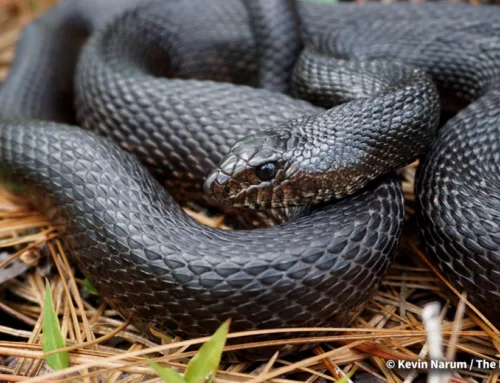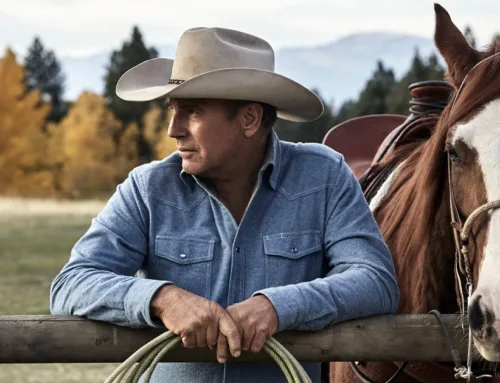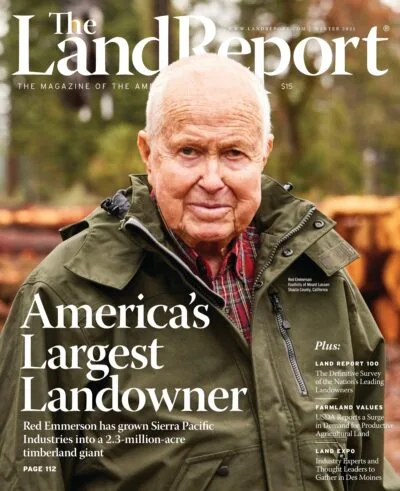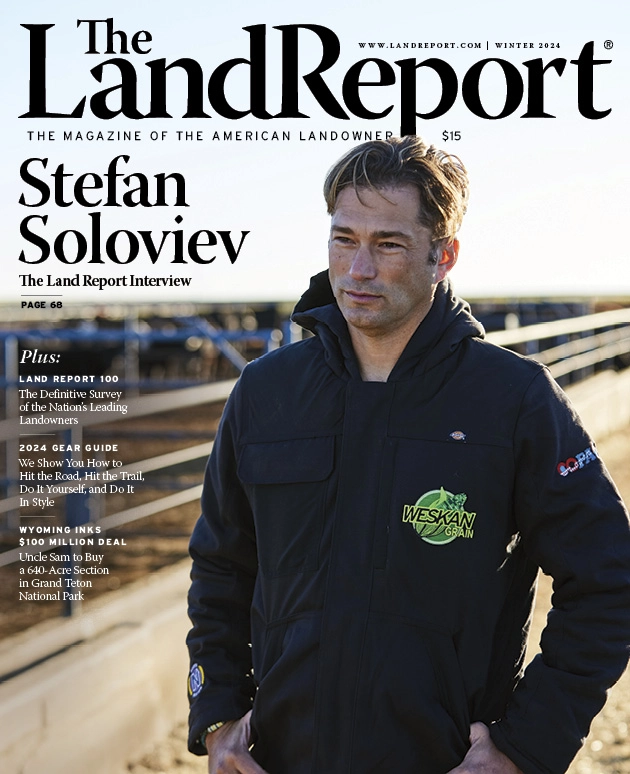Inside Three of the West’s Largest Ranches: Pathfinder, Great Western, and Midland Ranch
Inside Three of the West’s Largest Ranches: Pathfinder, Great Western, and Midland Ranch
By Carrie Haderlie
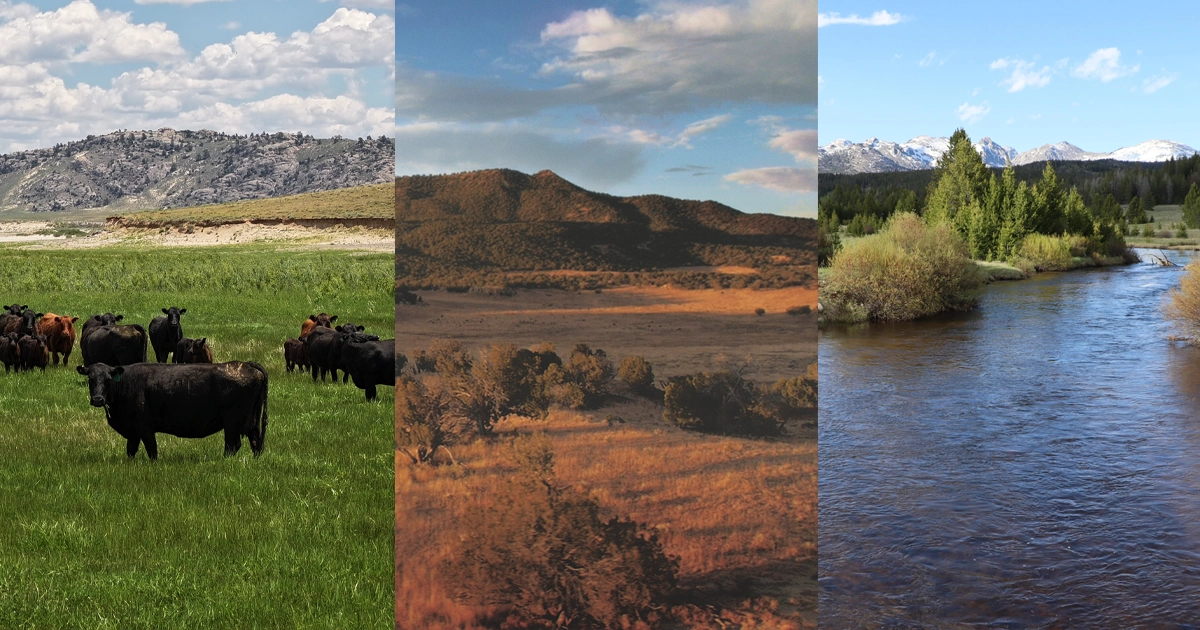
LR_OpenRange-Feat-01
OPEN RANGE. Take a tour of three Western ranches that maximize production by adding significant leased components to deeded acreage.
The Grazing Empire at Pathfinder Ranch
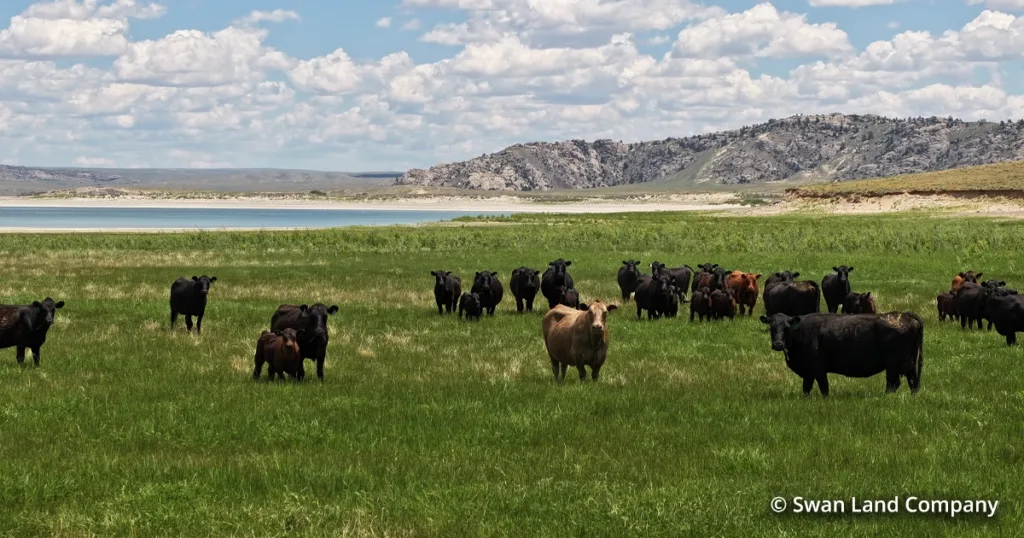
WYOMING’S PATHFINDER RANCHES. This legacy outfit’s 99,188 deeded acres are augmented by 816,888 leased acres.
It’s sundown on the Pathfinder Ranches, a sprawling cattle kingdom half again the size of Rhode Island. Golden grass sways in the cool breeze. Cattle graze along the banks of the Sweetwater River. As day turns into night, the dusty ruts of the Oregon Trail disappear into darkness. As day turns into night, the dusty ruts of the Oregon Trail disappear into darkness.
Although the Pathfinder Ranches total just shy of 1 million acres in Central Wyoming, less than 100,000 of those acres are actually deeded. The overwhelming majority — more than 800,000 acres — are leased, primarily from the Department of the Interior’s Bureau of Land Management (BLM), with a smaller allotment from the state.
“Pathfinder Ranches is a grazing empire,” says listing broker Scott Williams with Swan Land Company. “This is big country. Those cattle have to walk a long way to get grass and to drink water, but they do really well on the land because of the nutrient quality in the grass.”
In Wyoming, the deeded lands on legacy ranches such as the Pathfinder tend to be strategically clustered along waterways or in places that can facilitate irrigation. “That was a product of, back in the day, when the area was homesteaded, the ‘best’ land was settled first,” Williams says.
Listed for $79.5 million, the Pathfinder Ranches are a niche opportunity. “This type of ranch appeals to the production-minded buyer because of the economies of scale. BLM land is some of the cheapest grazing land out there. The dollars per animal unit — or AUM — on an annual basis is low,” Williams says.
The numbers prove him out. An aggregation of more than a dozen historic ranches, the Pathfinder currently carries 3,400 cows, 180 bulls, 7,500 yearlings, and 130 saddle horses. Although this totals more than 10,000 animal units, Pathfinder Ranches is stocked at 73 percent of its carrying capacity. The remaining forage is dedicated to supporting the ranches’ world-class wildlife habitat: elk, big-horn sheep, mule deer, whitetails, pronghorn, and numerous other species.
“This is a rare opportunity for a modern-day cattle baron,” Williams says.
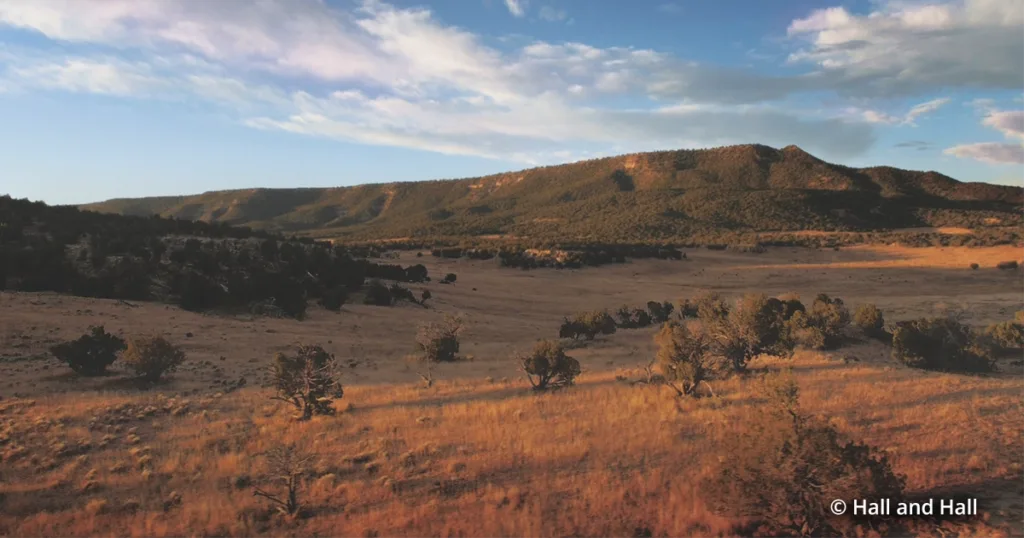
GREAT WESTERN RANCH. This New Mexico giant is more than 70 miles east to west and almost 30 miles north to south.
Traditional Scale at the Great Western
For more than a century, major landowners out West have augmented their deeded acreage with leased lands. Jeff Buerger at Hall and Hall knows this firsthand. In 2014, he sold New Mexico’s 504,801-acre Great Western Ranch. Located just east of the Arizona state line, the Great Western is not quite 50 percent deeded. Buerger sold the ranch a second time in 2025. It had been listed for $115 million.
“Any time you can add leased acreage to a deeded base, you’re effectively increasing the types of grazing opportunities for livestock,” Buerger says. “For somebody not used to this system, when they think about the expanse of the American West, they may not know what leased ground is; how it works. It does take some explanation.
“But I think it’s a responsibility that the government has to private citizens to make sure that (public) land is being utilized properly,” he says.
In Western New Mexico, where water resources are finite with no surface irrigation and no supplemental forms of water, Buerger says it benefits producers to move livestock off deeded ground during the growing season. Grazing, he said, also helps manage public lands.
“Cattle on leased ground helps manage that forage base, while you’re giving (deeded) ground a rest for rotational purposes,” Buerger says. “Think of it like a supplement or a vitamin. Any time you have an external input that rests your deeded ground while adding supplemental grazing, that’s obviously a benefit.”
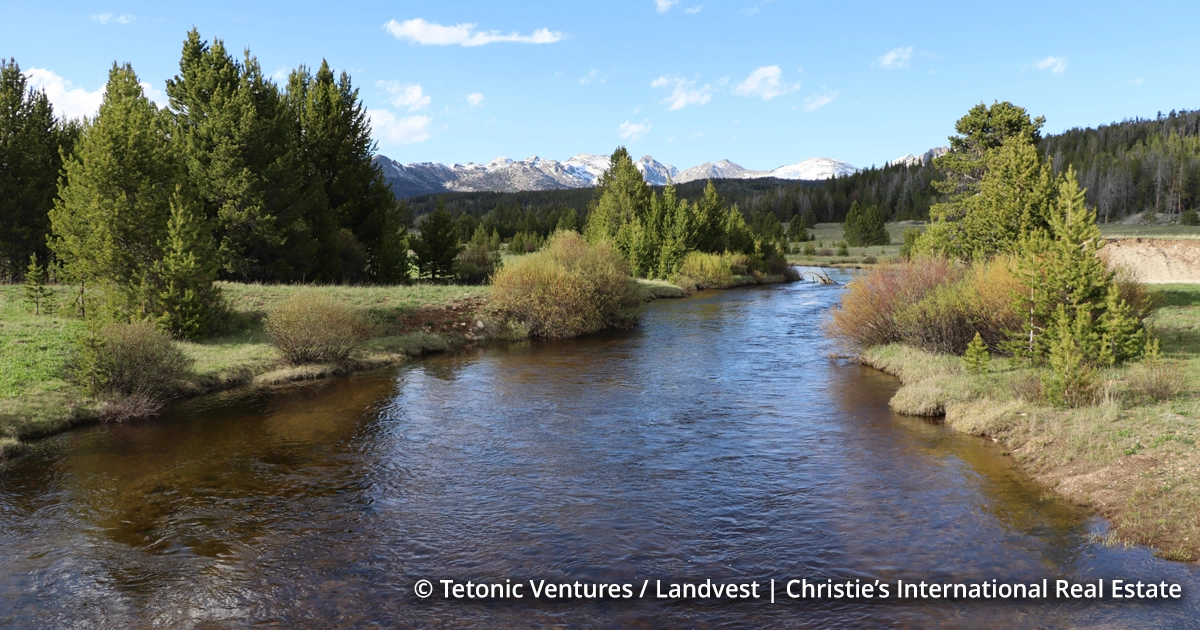
FIVE UNITS. Wyoming’s Midland Ranch is available in its entirety for $22 million or in units ranging from $1 million to $9.9 million.
Transhumance at the Midland Ranch
Broker Court Merrigan at LandVest | Christie’s International Real Estate has listed the 1.15-million-acre Midland Ranch for $22 million in Western Wyoming. Although it is the largest of the three profiled ranches, it in fact has the smallest number of deeded acres: 5,880.
For more than a century, the Midland has been run by the Arambels. “The family is Basque. Transhumance is how they ran things in the old country,” Merrigan says.
A rotational grazing system, transhumance involves herding livestock to higher pastures in the summer and then wintering them in lower pastures. “They came here [from the Basque region of Spain] and realized they could do the same thing here in Wyoming,” Merrigan says. “To do that is so special.”
The Midland includes leased Forest Service land in “alpine country up north” and wends southward toward the Red Desert near the Colorado border — a high-plains desert landscape. A good chunk of the ranch is arid, which means more land per animal is required for grazing. That’s definitely possible with more than 1 million leased acres.
To raise cattle in such diverse ecosystems, it’s best to let the animals do what animals do best, foraging and roaming from private to public land and back, Merrigan says. Between its leased and deeded ground, the Midland is “entirely self-sufficient with no outside feed required.” It’s also home to more than 15,000 pronghorn, resident herds of elk and deer, a complete predator-prey ecosystem, and fisheries and wildfowl habitat.
“The animals are out there doing what they were made to do. They’re out there under the big open sky,” Merrigan said. “The reason these lands support such good production is because these cattle are being raised on the best place on the planet. These animals were meant to be here.”
Published in The Land Report Fall 2025.



